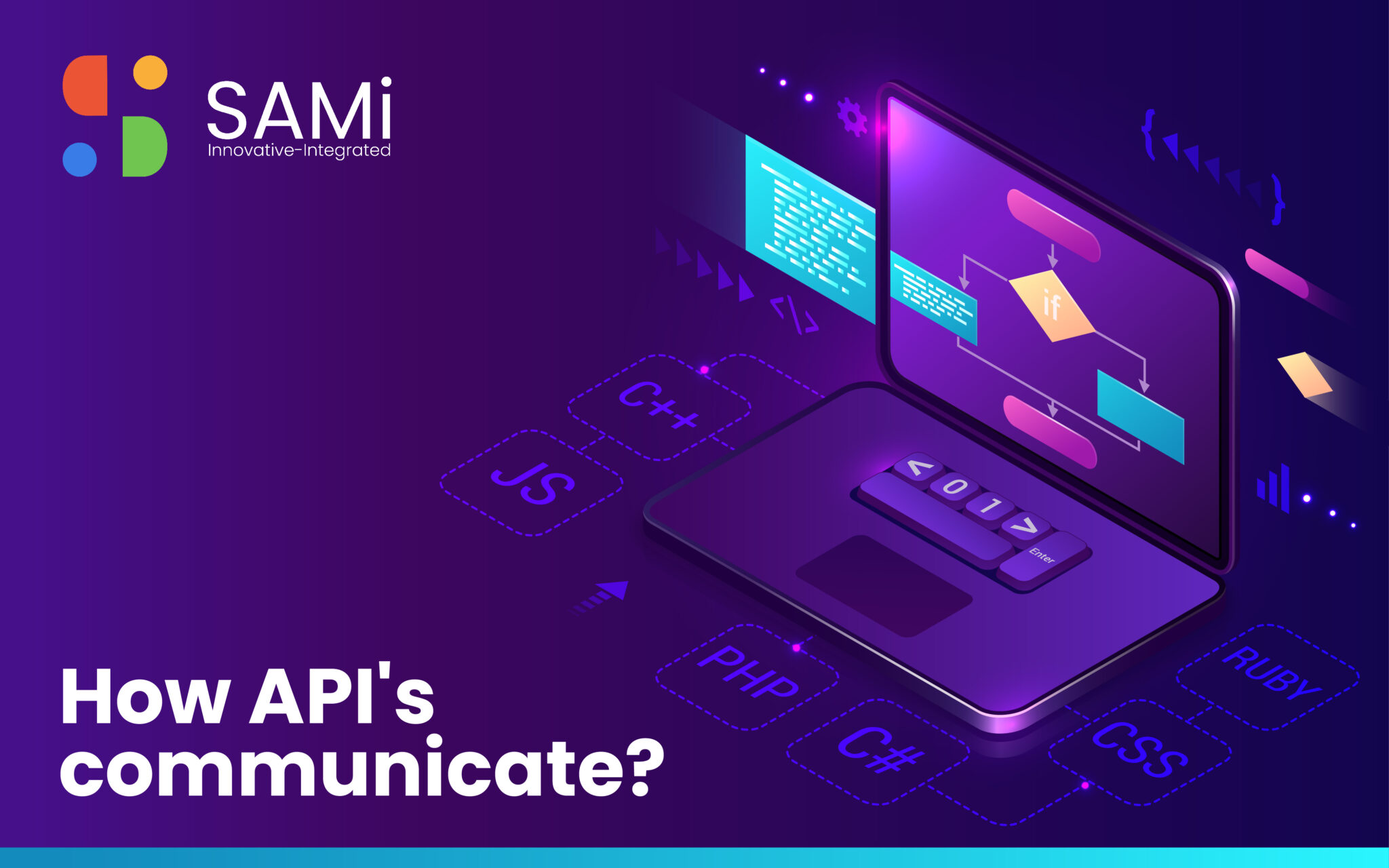API (Application Programming Interface) communication is a process of exchanging information between different software systems. The following is a comprehensive guide to understanding how APIs communicate:
- Request & Response: An API request is made by a client, which can be a web-based application, mobile app, or any other software system, to the server. The client sends the request to the server by making an HTTP request to a specific endpoint. The server then processes the request and sends a response back to the client. The response is also an HTTP message that includes a status code and the data requested, if any.
- Endpoint: An endpoint is a specific location where the API can be accessed. It is a URL or address that is the entry point to the API and defines the specific operation that the client wants to perform. For example, an endpoint for retrieving a list of products may be “/api/products”.
- Methods: APIs use different methods, such as GET, POST, PUT, and DELETE, to perform specific operations. These methods are specified as part of the API request and indicate the action the client wants to perform. For example, the GET method is used to retrieve data, the POST method is used to create data, the PUT method is used to update data, and the DELETE method is used to delete data.
- Headers: Headers are a part of the API request and response that contain additional information such as authentication tokens, content type, and other metadata. Headers provide additional context to the request and can help the server determine how to process the request and generate a response. For example, the content type header specifies the format of the data being sent or received, such as JSON or XML.
- Query parameters: Query parameters are additional information sent as part of the API request in the form of key-value pairs appended to the endpoint URL. Query parameters allow the client to specify additional criteria for the operation, such as the date range or sorting order for data retrieval.
- Data format: APIs use different data formats such as JSON, XML, or CSV to send and receive data. The client and server must agree on the data format to successfully exchange information. JSON is a popular data format for APIs because it is lightweight, easy to parse, and supports complex data structures.
- Status codes: APIs use HTTP status codes to indicate the success or failure of an API request. Status codes are three-digit numbers that indicate the outcome of the request. For example, a 200 status code indicates success, a 404 status code indicates a resource not found, and a 500 status code indicates a server-side error. These status codes provide a standardized way for the client to understand the outcome of the request and take appropriate action.
Also Read: Top Industries that use APIs
In conclusion, API communication is a complex process that involves the exchange of requests and responses between a client and a server using a specific endpoint, methods, headers, query parameters, data format, and status codes. Understanding these concepts is essential for designing and building APIs that are reliable, scalable, and easy to use.

